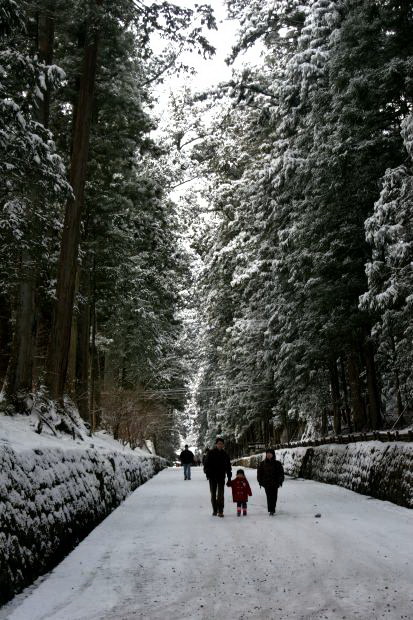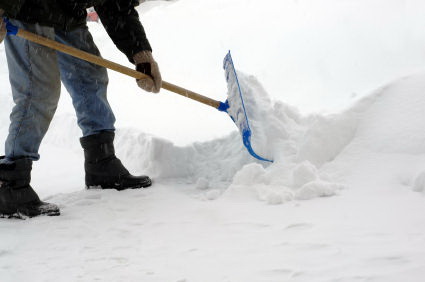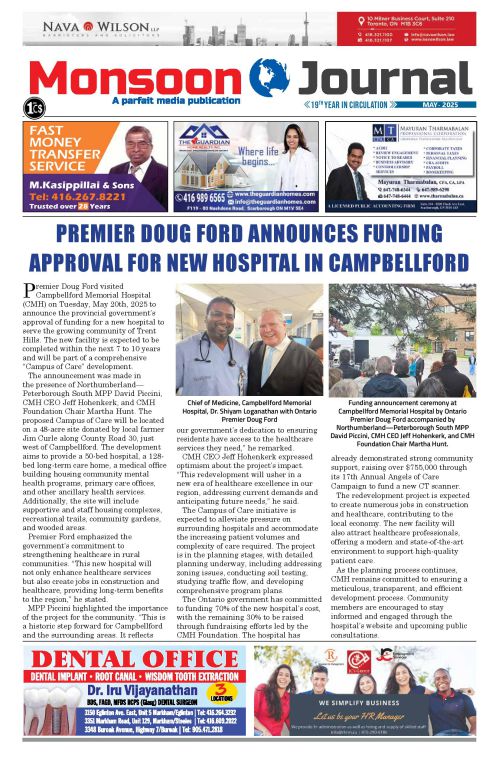Most of you are probably dreading going outdoors this winter season as the season started much earlier than anticipated. Hopefully, after last year, many have realized that preparing for the cold winter months can go a long way. Especially when thinking about the home, vehicles, and our health.
Preparing the Pipes
One big problem that occurred last year in many of the homes was the bursting of pipes. The important thing to remember is to take care of these pipes beforehand. Exposed pipes outdoors or those in unheated areas of the home need to be wrapped up. Garden hoses should also be removed from the outside faucets of your home. If there is water left in the hose it will freeze over time and expand, possibly causing damage to your home. These pipes can expand, crack, and/or burst causing extreme damage to your home. Make sure to check your basements and areas where the pipes are most susceptible to the cold. Also, make sure to check your home throughout the season, to identify any leaks, cracks, or air coming in.

Winterize Your Car
With long periods of driving in our city, there are multiple things to keep in your car for any weather. Some things to keep in an emergency kit are:
- Flashlights/extra lights
- Batteries
- Antifreeze
- Windshield washer fluid
- Blankets/insulation
- Plastic bags
- Small tools
- Extra clothing
- Extra snacks
- Most importantly, change your car tires to adequate winter tires!
Keeping these supplies in the home is also important for those frequent snow days. If you remember last year, many homes lost power for weeks at a time so keeping these supplies will help your own home and others that may end up staying with you.
The Common Cold & Flu
 The common cold is a viral infection of the upper respiratory tract and there are many different viruses that can cause a cold. The flu, on the other hand, can be more dangerous than a cold as it can have more severe symptoms.
The common cold is a viral infection of the upper respiratory tract and there are many different viruses that can cause a cold. The flu, on the other hand, can be more dangerous than a cold as it can have more severe symptoms.
Every year individuals can get vaccinated to prevent the flu and this is highly advised for those at high risk such as seniors and young children. The flu spreads easily in the winter months because the cold temperatures cause the droplets from coughs and sneezes to remain longer in the air. This allows for droplets to become easily transferred between individuals.
Keep the Kids Healthy
There is no easy way to prevent the flu and children are more vulnerable to contracting these illnesses than healthy adults. There are methods to help prevent common illnesses in the winter especially in children. Regular hand washing is the most important and effective method to prevent getting sick. With children, their hands should be washed consistently before and after using the toilet, before and after meals/snacks, and when they leave areas with significant person and surface contact such as playgrounds, other homes, and child centres. It is also imperative that adults wash their hands when they are in contact with children because they can pass on germs easily to these children.
Children tend to touch their faces constantly and the germs they contract can be quickly passed to their mucous membranes and absorbed into the bloodstream. If your child does attend a daycare centre then ensure that there is an appropriate policy to keep any sick children at home if they experience symptoms of the flu. Try to boost your child???s immunity naturally by providing healthy snacks, and making sure they are getting plenty of sleep and enough physical activity even during the winter months.
Back Pain in the Winter Months
Does your joint pain get worse in the winter months? Many individuals experience more pain during the winter months and can find it quite deliberating. To put it simply, the cold temperature can actually shrink tissues causing them to pull on nerve endings resulting in joint pain. The cold temperatures cause the nerve endings to be really sensitive and the muscles tense up.
It is difficult to actually prevent the joint pain during winter months but there are methods to consider. Keep yourself bundled as much as you can so your muscles stay warm and females can also use retail body shape wear to help minimize muscle contraction. Doing body stretches in the morning and/or evenings or doing regular exercise will help relieve tensed up muscles. Keeping your muscles active is important because without much activity, the muscles become stiff and with movement comes the joint pain. You could also take more nutrient supplements that will help your joints. Also, using a heated pool for exercises or using a warm Jacuzzi can help reduce joint pain.
If you struggle to find a routine you can also seek physical therapy to maintain regular activity and a good fitness level.
Back Injuries from Shoveling Snow

Back injuries are very common in the ?? ?? winter months resulting mainly from ?? ?? shoveling snow. But back injuries can ?? be prevented if done in the proper ?? ?? ?? ?? way.
Make sure your shovel is adequate ??? ?? ?? with a curved handle or adjustable handle to decrease painful bending and make sure to bend your knees only slightly and arch your back slightly. Using lightweight plastic blades will also reduce the strain especially with heavy snow. Another way to help reduce strain is to warm up your body before shoveling snow. You can perform stretches to keep your back flexible before shoveling. Remember that shoveling snow is a strenuous activity and can be great exercise for the body but this activity can also be detrimental to the body. Those who have heart conditions or are not able to withstand strenuous exercise should avoid shoveling snow.
Enjoy the winter months with family and friends and through preparation and awareness, you can ensure a safe, healthy, and fun winter season!
Jeavana Sritharan is a PhD Student in Medical Science at the University of Toronto. She is currently working with Cancer Care Ontario with the Occupational Cancer Research Centre and is the Co-Founder of the webpage, Health Perspectives. Contact email: info@healthperspectives.ca??














